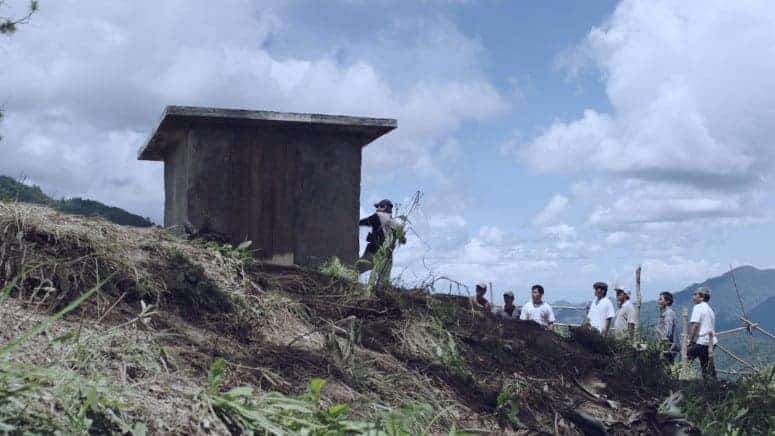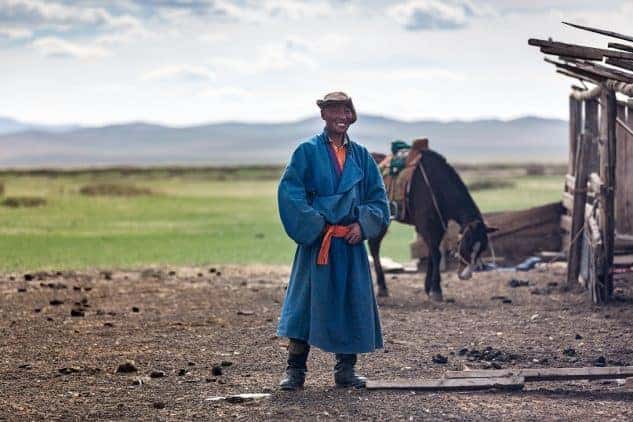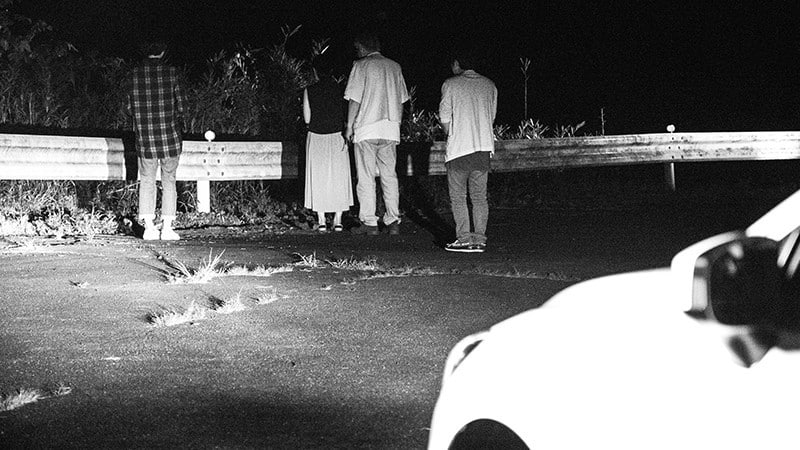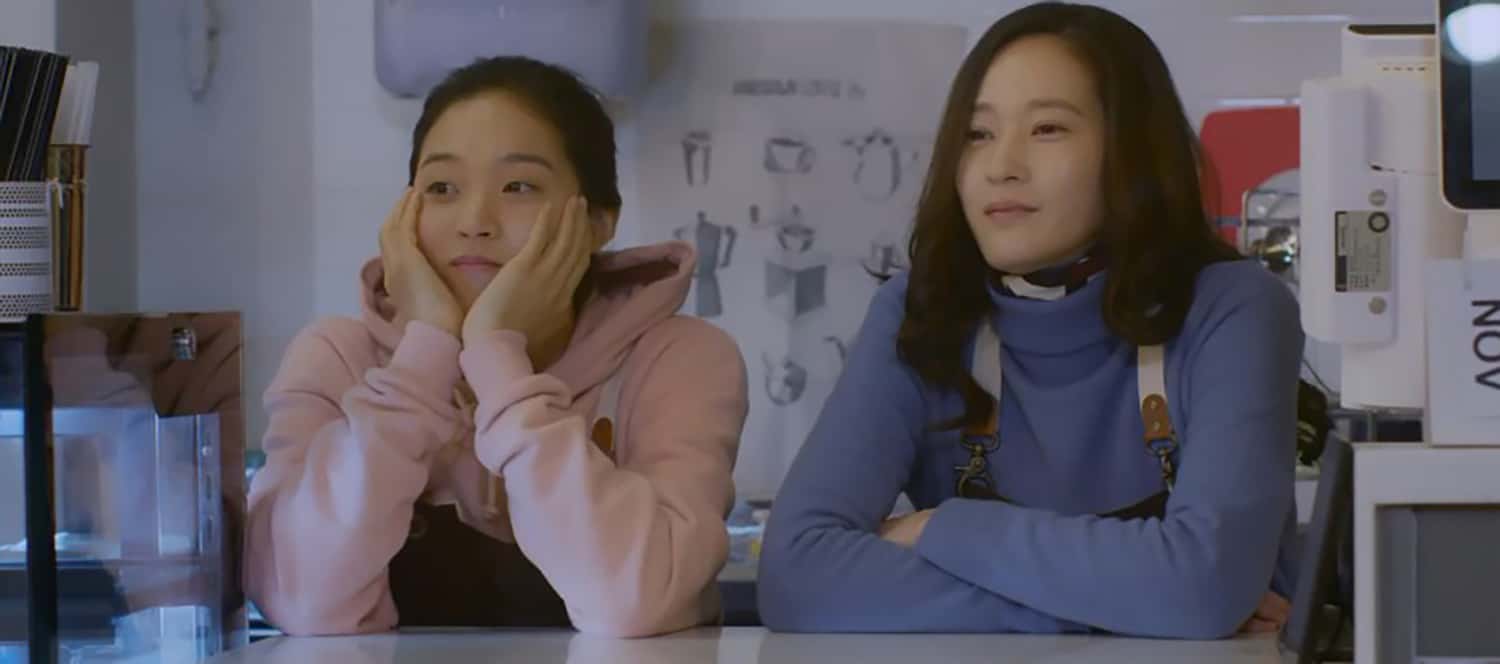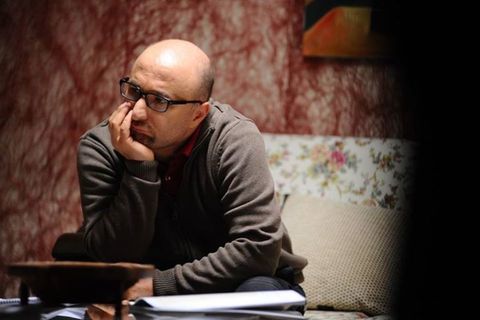The Montevideo-based Uruguayan director Alex Piperno has a history of giving his short films very long, enigmatic names and his first feature debut isn't an exception either. In all its glorious reference to the filmmaker's favourite verses that standing alone don't make much sense, their significance becomes crystal clear the moment the last scene unfolds.
“Window Boy Would Also Like to Have a Submarine won Tagesspiegel Readers' Award 2020 at Berlinale

Actually, the window boy is more of a “door boy” as he is wandering through his mysterious portal to a completely other environment straight into a calm, soul-soothing bourgeois apartment belonging to a young single woman. This ability will bring the crewman (Daniel Quiroga) desired peace and a sense of security, but it will also jeopardize his job as a sailor on a large cruiser of the coast of Patagonia. Nobody understands how it's possible that a person disappears into thin air, and the sailor doesn't care much to present an explanation.
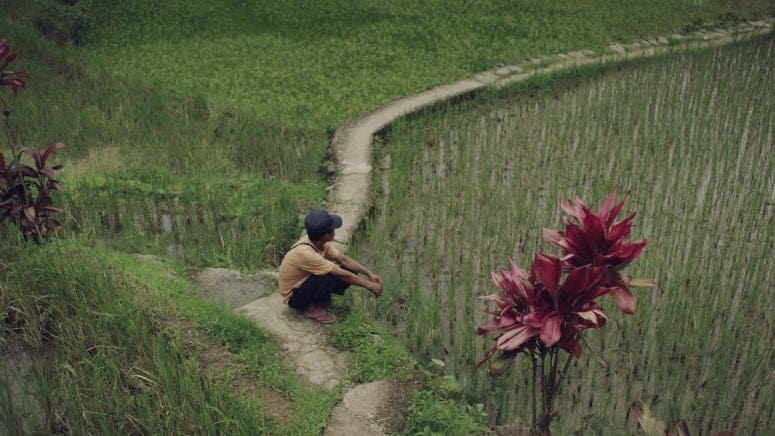
© Alex Piperno
Simultaneously, a group of Filipino men find a small concrete bunker in the hill close to their village and get scared that the building which appeared out of nowhere was called by the evil spirits. The elders are asked for their opinion on the matter, the chicken and other small animals are being killed to have their organs analysed for bad magic. Only one of them doesn't seem that impressed that all work had to be stopped because of a house and becomes attracted to discover what's in it.
The door with its ability to connect three geographical points of Earth, leads through a thick labyrinth of stairs and corridors that only the sailor seems to understand. Or rather, just those leading to the place of his initial discovery. There isn't any particular agenda to his excursions until he actually meets the apartment's owner, who turns the awkward into a normal by sensing the mystical, rather than threatening. To be able to achieve this, Piperno was working very long on the concept of connecting the two characters without turning Quiroga's sailor into a pervert who is sneaking into women's abodes. It is her (Inés Bortagaray) who is in control of the situation, fearless and curious at the same time.
When bonding finally takes its shape, although not in evenly enthusiastic use of language as the means of communication, another wanderer (Noli Tobol) comes along the corridor, confused and scared, speaking in a completely different language, which of course is Filipino.
Piperno doesn't like to do the explaining, and it's left to the viewers to find their interpretation of the door. By inserting the genre elements, Piperno has done something quite unusual – instead of leading the two men to places of wild adventures or to magnificent fantasy worlds with an eerie glow, he switched one mundane world with the other, offering just the contemplative silence.
The cast consists of all amateur actors and was chosen according to the director's vision of how his protagonists should look like or how they should behave. Bortagaray is a script-writer, and the Filipino man lost in the cruise ship corridors is someone Piperno scouted right on place while searching for the ideal location. This is a very unusual arthouse film, original in its visual language, beautiful to watch (its cinematographer is the experienced and traditionally good Manuel Rebella), but also challenging in terms of connectivity of the three main characters.


